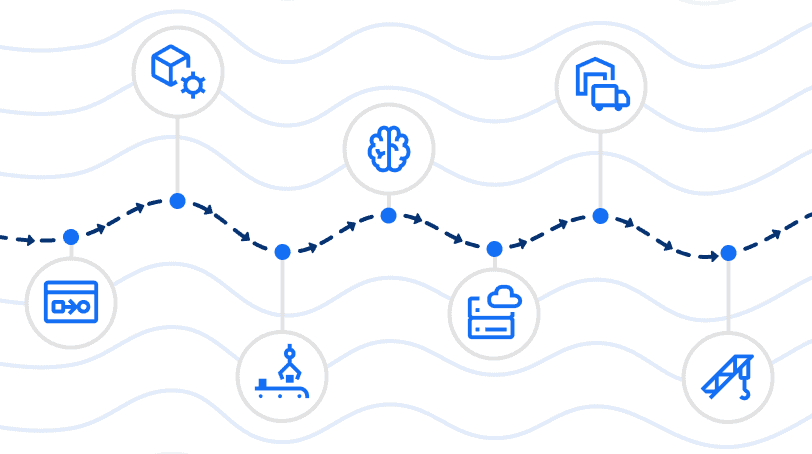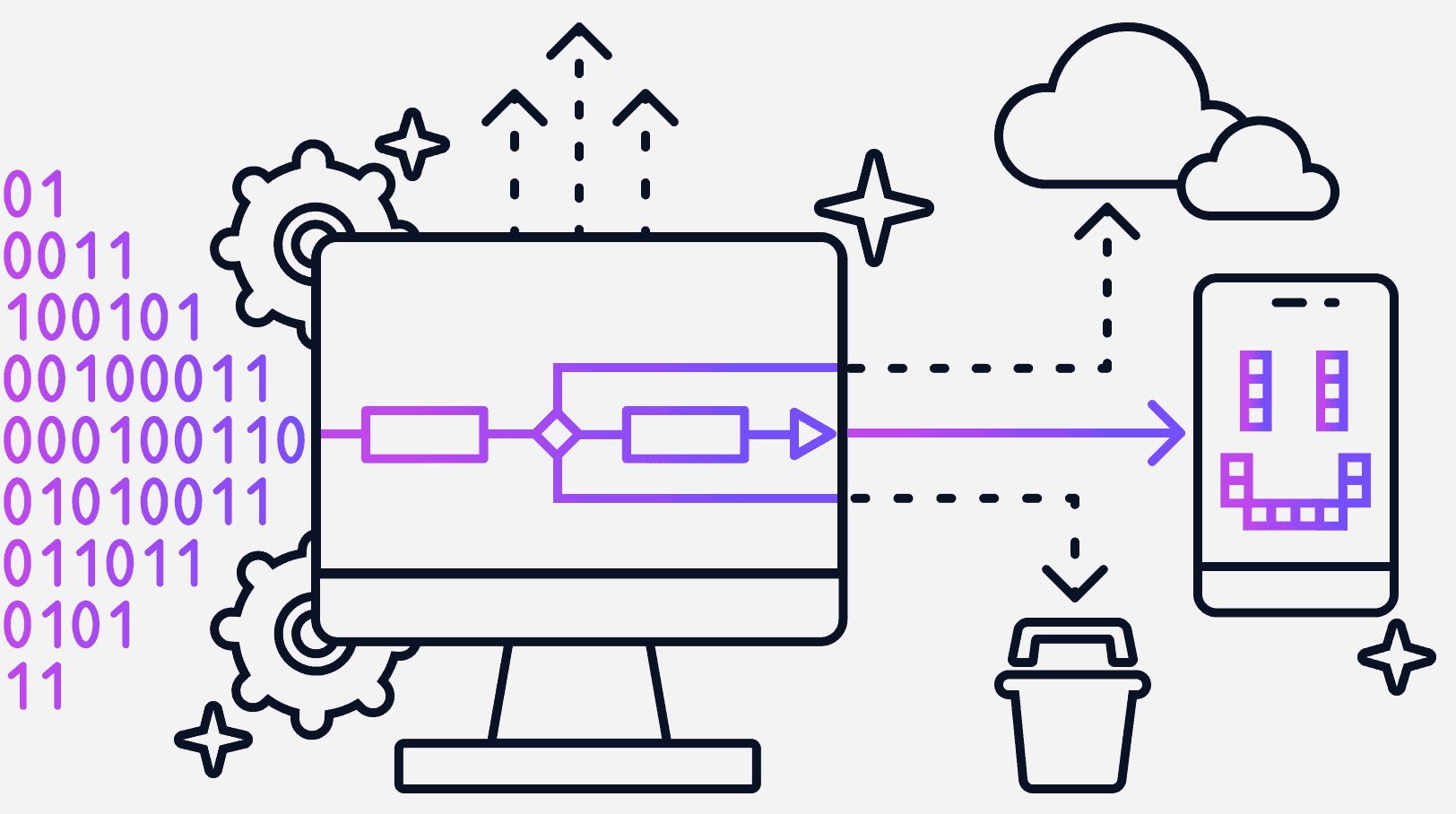MX Blog
Highlighted Article
Explore topics
All Articles
-
![agile communication]() 5 Ways to Improve Agile Team Communication & Trust
5 Ways to Improve Agile Team Communication & Trust -
![]() How Mendix Empowers ISVs to Lead the Charge
How Mendix Empowers ISVs to Lead the Charge -
![What is Customer Experience Automation]() What is Customer Experience Automation?
What is Customer Experience Automation? -
![Future of Mobile App Dev]() What is the Future of Mobile App Development? 5 Trends to Watch
What is the Future of Mobile App Development? 5 Trends to Watch -
![]() Mendix Release 10.10 – Features Sprinkled Across the Platform
Mendix Release 10.10 – Features Sprinkled Across the Platform -
![Header Image for Manufacturing Menu]() Explore Emixa’s Manufacturing Menu of Possibilities
Explore Emixa’s Manufacturing Menu of Possibilities -
![]() Sourcing and Enablement Strategies for Low-Code Development
Sourcing and Enablement Strategies for Low-Code Development -
![]() Manufacture Digital Transformation with Low-Code
Manufacture Digital Transformation with Low-Code -
![]() Why It’s Important to Keep Your SAP Core Clean
Why It’s Important to Keep Your SAP Core Clean -
![Unlock the Gen AI Magic How to Tailor Foundation Models with Custom Data]() Unlock GenAI Magic: How to Tailor Foundation Models with Custom Data
Unlock GenAI Magic: How to Tailor Foundation Models with Custom Data -
![Agile Development Lifecycle]() The 5 Stages of the Agile Software Development Lifecycle
The 5 Stages of the Agile Software Development Lifecycle -
![cloud native app development]() Cloud-Native Apps: Examples, Benefits, and More
Cloud-Native Apps: Examples, Benefits, and More














